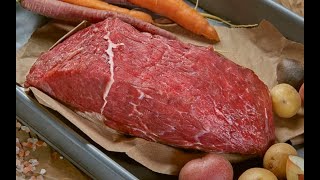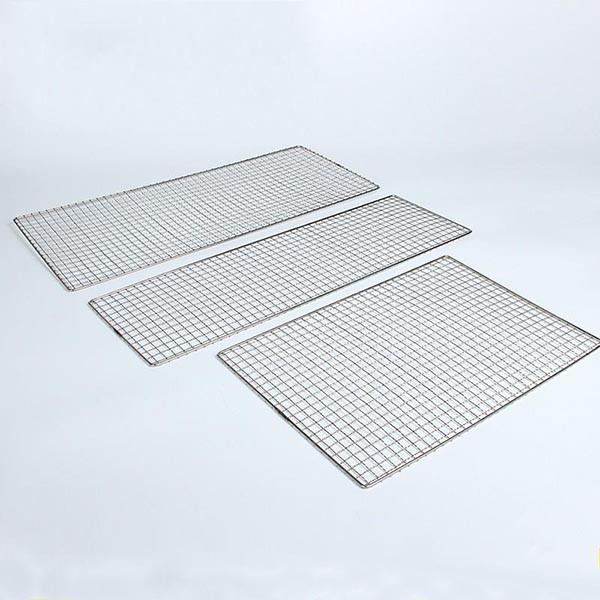
The pros and cons of gas vs charcoal grilling are something you might be thinking about when you're looking to buy a new grill. We have listed the pros of each type of grill to help you decide if you prefer the convenience of a gas one or the flavor of charcoal. To help you make a decision, read this guide. This article will explain how these two grill types differ. It will also offer insight into which one is the best for you.
Charcoal gives meats a deeper, more smoky flavor, while gas grills are equipped with metal grates that keep the drippings away from your food. Gas grills produce steam more than charcoal, which helps meat retain its natural flavors. Charcoal grills also take longer to heat up and clean, and they can also be messy. Also, you should dispose of the ashes immediately after you use them.

Gas grills have many disadvantages. Gas grills are more efficient than charcoal, use less fuel and produce fewer carcinogens. They are also more efficient in terms of energy. While both methods produce smoke, they are much easier to manage than charcoal grills. Charcoal grills are also considered outdated, so you'll find that they're best suited for simple grilled meals.
Each method has its advantages and disadvantages. It is important to choose the grill that suits your cooking needs. Charcoal grills tend not to smear as much as gas ones and produce far more infrared heat. Gas grills can also cause uncontrollable flare-ups, which can be a safety hazard. Your choice should ultimately depend on your personal preferences and circumstances. Both types of grill can produce delicious food. You should decide which one you prefer.
The most frequently asked question about gas and charcoal grills is, "which one is better?" This topic is a subject of debate and many people have different opinions. Charcoal skeptics will argue that gas grills do not impart the correct barbecue flavor. Gas grill snobs will disagree. And it's possible to get certain results with a gas grill, if you're willing to spend more money on gas.

One of the main disadvantages of using charcoal is the smell of charcoal. Charcoal is more smoke-free than gas grills. Charcoal is able to release a chemical called Guaiacol that gives meat a smokey flavor. These disadvantages may not convince you to switch from gas grills to charcoal.
The best thing about a charcoal grill is its cost-effectiveness. A basic charcoal grill costs $30-40 while a top-quality grill will cost in low to mid-range prices. Charcoal grills require less space and are easier to clean than gas grills. Charcoal grills have several advantages over gas, but if you are not a big fan of charcoal, you may want to consider a gas grill instead.
FAQ
Is there a better way to learn to make delicious meals?
Cooking should be something everyone can do. It's a great way to experience delicious food without having to learn how to cook. First, find a recipe that appeals to you and then follow it closely. Next, practice making small changes until you are comfortable cooking the dish. Try cooking for others. This will help you improve at cooking and also allow you to test your skills.
How can I get hired for my job as a cook
It is possible to get a job in the kitchen by word of mouth. A friend or family member might know of an open restaurant that is in desperate need of staff. Also, restaurants often advertise openings on bulletin boards and websites.
Do I require any special equipment?
No, you don't need any special equipment to learn to cook. However, the right tools can make it easier to cook. You could, for example, use a spoon to make pasta or a whisk to whip the egg whites into stiff peaks. Having the right tools can make cooking less daunting and allow you to get started faster.
Statistics
- In the United States, the category is estimated at $23.2 billion annually and is growing faster than the market. (washingtonpost.com)
- under 10 Kids have been taught that there is special food just for them, and Fiese says that 10 percent of kids will throw a tantrum if they don't get the food they want. (washingtonpost.com)
- On average, chefs earn $58,740 a year, according to the BLS. - learnhowtobecome.org
External Links
How To
How to make an omelet that is perfect
Omelets are a favorite breakfast food of mine. How can you make them perfectly? I've tried many different methods and recipes, but none of them seem to work! So today, I want to share some tips and tricks with you so you can make your own delicious and fluffy omelets every morning.
When making omelets, it is important to be aware that eggs can be temperamental. The eggs must be fresh from an organic source and kept at room temperature until they are ready to be cooked. They must be kept cool, otherwise the whites will not form properly and the yolks may become runny. Your omelets will look strangely colored if this happens. If you plan to cook the eggs right away, it is best to use room temperature eggs.
Another tip is to separate your egg before adding it into the pan. You don't want any white to get mixed up with the yolk because this could cause the omelet to curdle.
The egg can burn if it is placed directly on the stovetop. Instead, microwave the egg for 10 seconds before adding it to the pan. The heat from the microwave cooks the egg just enough without overcooking it.
Next, let us talk about how to mix the eggs. Mix eggs well together. To do this, take the bowl from the mixer and flip it upside-down. Next, shake the bowl vigorously. By doing this, the egg is thoroughly mixed with the air in the bowl.
The fun part is now - adding the milk to the mixture. Fold the eggs in the milk mixture by first pouring half of it into the egg whites. If you still see streaks of eggs, don't worry. These streaks will disappear once the omelet has been turned over.
After you have folded the eggs, heat the oil in a pan over medium heat. Once the oil has started to sizzle, turn the heat down to low. When the oil is hot enough, add 1/4 cup butter to the pan. Stir it around until the butter covers the entire pan. Now carefully crack open the lid of the pan and sprinkle salt into the pan. An additional pinch of salt will prevent the omelet form sticking to your pan.
Once the omelet forms, cover the pan again. Let the top side set completely. Flip the omelet upside down or with a spatula. Cook the second side for a minute or so. Take out the omelet and place it in a bowl.
This recipe works best using whole milk. Skimmed milk is also possible.